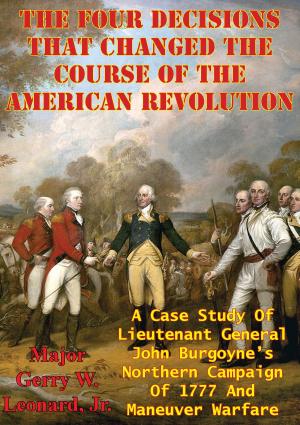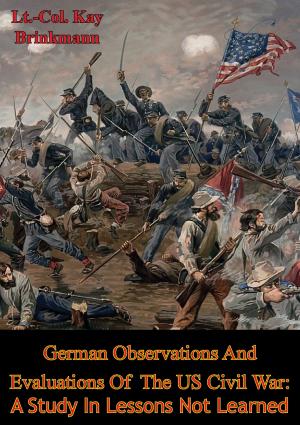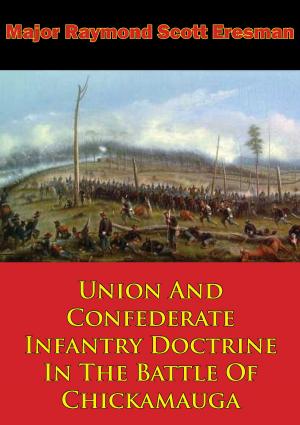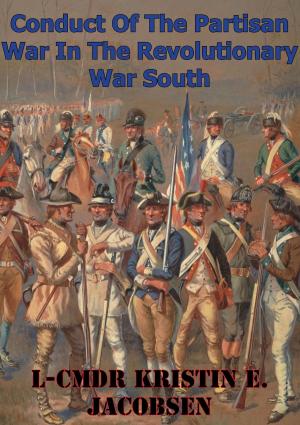An Analysis Of Unit Cohesion In The 42nd Alabama Infantry
Nonfiction, History, Modern, 19th Century, Americas, United States, Civil War Period (1850-1877), Military| Author: | Samuel L. Askew III | ISBN: | 9781782898498 |
| Publisher: | Golden Springs Publishing | Publication: | November 6, 2015 |
| Imprint: | Golden Springs Publishing | Language: | English |
| Author: | Samuel L. Askew III |
| ISBN: | 9781782898498 |
| Publisher: | Golden Springs Publishing |
| Publication: | November 6, 2015 |
| Imprint: | Golden Springs Publishing |
| Language: | English |
On 16 May 1862, 904 soldiers formed ranks for the first time and unfurled the virgin colors of the 42nd Alabama Infantry Regiment. These 904 soldiers were a mixture of veterans, volunteers, conscripts, and substitutes. The regiment participated in nine western theater battles and their associated campaigns. These campaigns included Corinth, Vicksburg, Lookout Mountain, Atlanta, and Bentonville. Not one battle was a victory but the heat of battle forged a band of brothers tempered with time. The regiment cased its colors for the last time on 9 April 1865 in a desolate North Carolina field; only ninety-eight soldiers remained at the end of this bloody national struggle. This thesis will identify the timeless factors of cohesion within the 42nd Alabama. This thesis will further determine the most prominent of these factors, specifically within the remaining ninety eight soldiers. Finally, this thesis will explore the value of cohesion to the current military force. This thesis incorporated sources from the The War of the Rebellion: A Compilation of the Official Records of the Union and Confederate Armies, Confederate Veteran, The Southern Historical Papers, personal diaries and letters, census records, compiled service records, sources from the Alabama State Archives and the National Park Service. After the examination of numerous factors, to include discipline, leadership, and morale, the common factor that held the core members of the unit together until the end was the “original volunteer” soldiers of 1861. These soldiers formed the cohesive bond of the unit by instilling a common conviction and devotion to duty within the 42nd Alabama. The final analysis reinforces the value of the volunteer soldier and the worth of an “all-volunteer” force.
On 16 May 1862, 904 soldiers formed ranks for the first time and unfurled the virgin colors of the 42nd Alabama Infantry Regiment. These 904 soldiers were a mixture of veterans, volunteers, conscripts, and substitutes. The regiment participated in nine western theater battles and their associated campaigns. These campaigns included Corinth, Vicksburg, Lookout Mountain, Atlanta, and Bentonville. Not one battle was a victory but the heat of battle forged a band of brothers tempered with time. The regiment cased its colors for the last time on 9 April 1865 in a desolate North Carolina field; only ninety-eight soldiers remained at the end of this bloody national struggle. This thesis will identify the timeless factors of cohesion within the 42nd Alabama. This thesis will further determine the most prominent of these factors, specifically within the remaining ninety eight soldiers. Finally, this thesis will explore the value of cohesion to the current military force. This thesis incorporated sources from the The War of the Rebellion: A Compilation of the Official Records of the Union and Confederate Armies, Confederate Veteran, The Southern Historical Papers, personal diaries and letters, census records, compiled service records, sources from the Alabama State Archives and the National Park Service. After the examination of numerous factors, to include discipline, leadership, and morale, the common factor that held the core members of the unit together until the end was the “original volunteer” soldiers of 1861. These soldiers formed the cohesive bond of the unit by instilling a common conviction and devotion to duty within the 42nd Alabama. The final analysis reinforces the value of the volunteer soldier and the worth of an “all-volunteer” force.


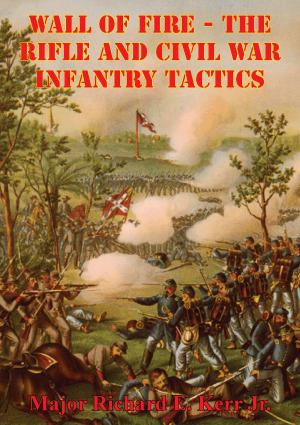
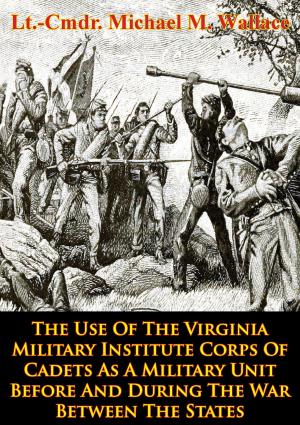

![Cover of the book Wilson’s Creek Staff Ride And Battlefield Tour [Illustrated Edition] by Samuel L. Askew III](https://www.kuoky.com/images/2014/august/300x300/9781782895268-fQ42_300x.jpg)
